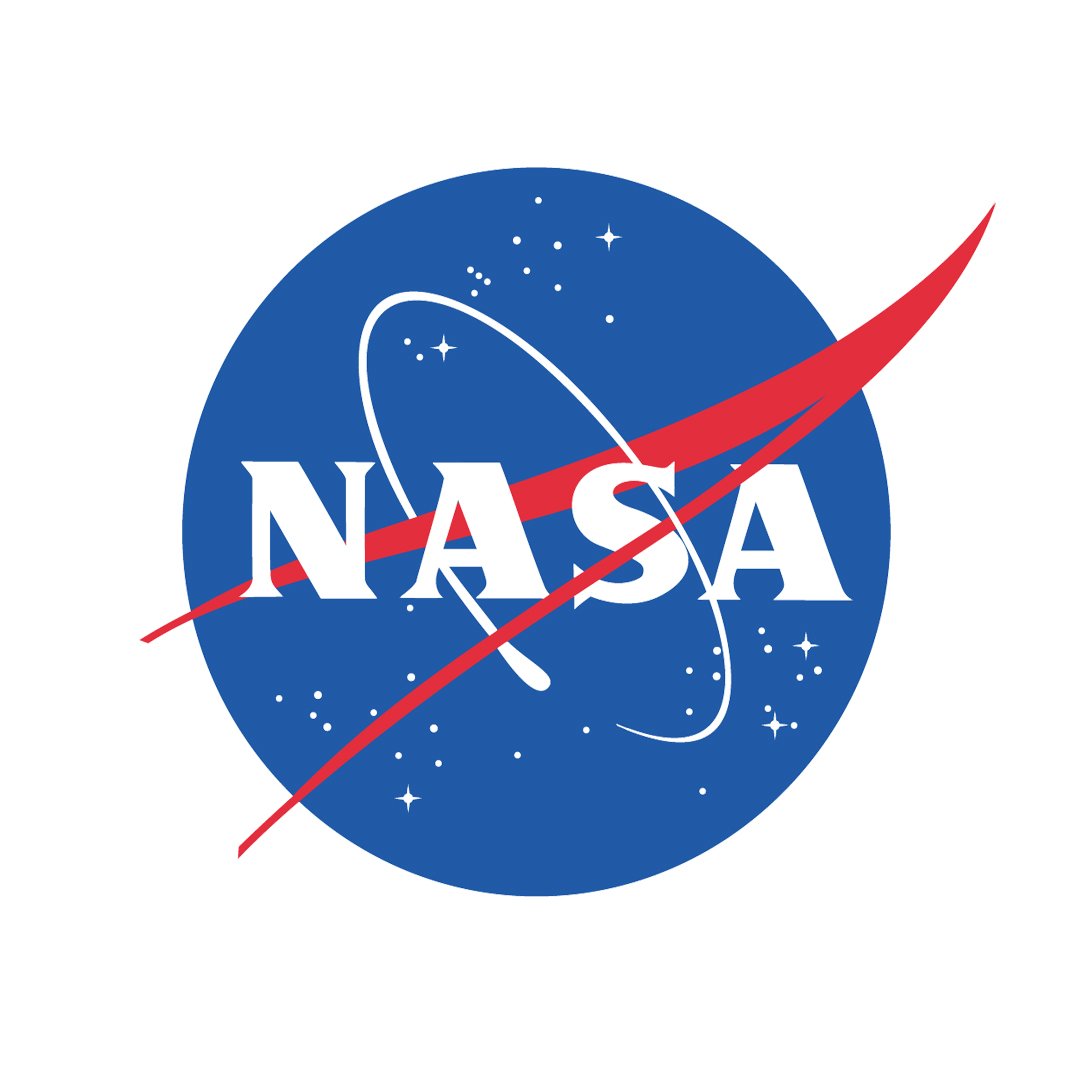
NASA
nasaSome give their children the world, others give them space. ⭐ Our Galileo spacecraft was named for a father of modern astronomy, Galileo Galilei. Galileo was the first mission to measure Jupiter’s atmosphere directly with a descent probe, and the first to conduct long-term observations of the jovian system from orbit. Galileo orbited Jupiter for almost eight years and made close passes by all its major moons. It found evidence of subsurface liquid layers of saltwater on Europa, Ganymede and Callisto and it examined a diversity of volcanic activity on Io. Its camera and nine other instruments sent back reports that allowed scientists to determine, among other things, that Jupiter’s icy moon Europa probably has a subsurface ocean with more water than the total amount found on Earth. They discovered that the volcanoes of the moon Io repeatedly and rapidly resurface the little world. They found that the giant moon Ganymede possesses its own magnetic field. Galileo even carried a small probe that it deployed and sent deep into the atmosphere of Jupiter, taking readings for almost an hour before the probe was crushed by overwhelming pressure. Image description: A portion of Jupiter’s moon Ganymede is pictured in black-and-white. Crater impacts can be seen across Ganymede’s surface. The image was captured on July 15 1998. Credit: NASA/JPL/Brown University #NASA #Space #FathersDay24 #Fathers #Dad #Astronomy #Spacecraft
2024.06.17 00:05








